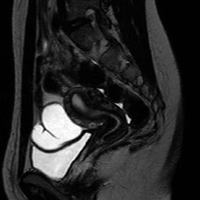Case Reports
Vol. 42 No. 2 (2020)
Secondary hydrosalpinx in adolescents: a challenging decision-making process for surgical choice and future fertility preservation

Publisher's note
All claims expressed in this article are solely those of the authors and do not necessarily represent those of their affiliated organizations, or those of the publisher, the editors and the reviewers. Any product that may be evaluated in this article or claim that may be made by its manufacturer is not guaranteed or endorsed by the publisher.
All claims expressed in this article are solely those of the authors and do not necessarily represent those of their affiliated organizations, or those of the publisher, the editors and the reviewers. Any product that may be evaluated in this article or claim that may be made by its manufacturer is not guaranteed or endorsed by the publisher.
Received: 19 May 2020
Accepted: 18 January 2021
Accepted: 18 January 2021
1676
Views
761
Downloads
411
HTML






